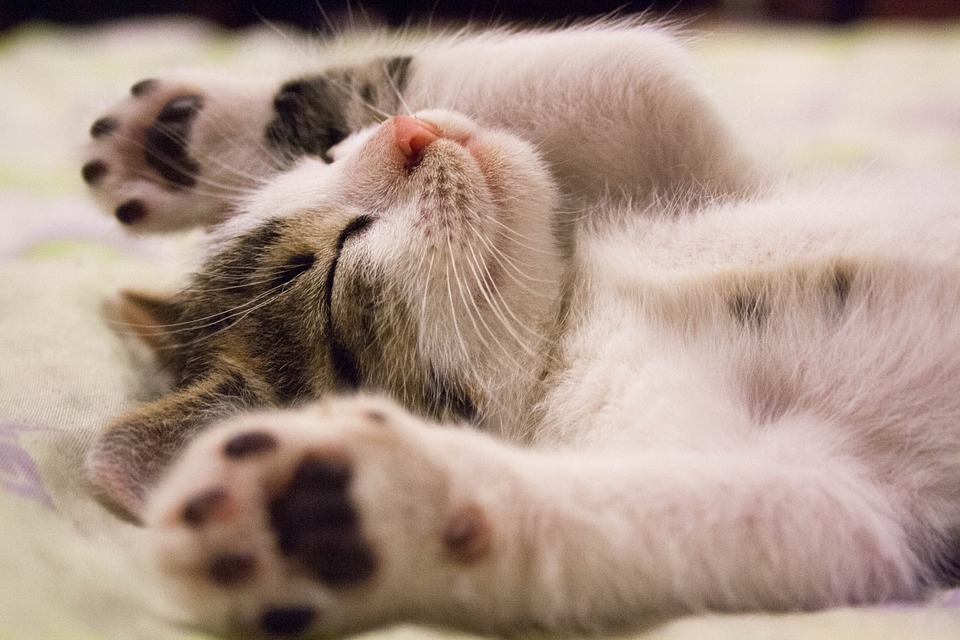*by Samantha Johnson*
As cat owners, it is essential to stay vigilant and attuned to the health of our furry friends. While cats are known for their agility and grace, they are not immune to the effects of aging and the development of certain health conditions, such as arthritis. Feline arthritis can cause discomfort and pain, affecting your cat’s overall well-being. In this article, we will discuss how to recognize the symptoms of feline arthritis and provide tips for managing this condition to ensure your feline companion lives a comfortable and happy life.
Understanding Feline Arthritis
Arthritis, also known as osteoarthritis or degenerative joint disease, is a common condition in cats, particularly in older felines. It is characterized by the degradation of the cartilage within the joints, leading to inflammation, pain, and reduced mobility. While arthritis can affect any joint in a cat’s body, it most commonly affects the hips, knees, elbows, and spine.
Recognizing the Symptoms of Feline Arthritis
Detecting the early signs of feline arthritis is crucial for timely intervention and effective management. Here are some common symptoms to look out for:
1. Reduced Activity Level: Cats with arthritis may become less active and exhibit a reluctance to jump, climb, or engage in their usual playtime activities.
2. Limping or Lameness: Arthritic cats may develop an abnormal gait, favoring certain limbs or displaying stiffness and lameness.
3. Difficulty in Jumping or Climbing: Arthritis can make it challenging for cats to jump onto furniture, countertops, or high perches.
4. Behavioral Changes: Cats in pain may become irritable, aggressive, or exhibit changes in their litter box habits.
5. Weight Gain or Loss: Arthritic cats may experience weight gain due to reduced activity or weight loss due to decreased appetite caused by pain and discomfort.
6. Reluctance to be Touched: Cats with arthritis may become sensitive to touch, particularly in the affected joints, and may exhibit signs of pain when being handled.
Managing Feline Arthritis
While feline arthritis is a chronic condition that cannot be cured, there are several ways to manage and alleviate your cat’s discomfort. Here are some strategies to consider:
1. Consult Your Veterinarian: If you suspect your cat has arthritis, consult with your veterinarian for an accurate diagnosis and a tailored treatment plan.
2. Medication: Your veterinarian may prescribe pain medications or anti-inflammatory drugs to manage your cat’s pain and reduce inflammation.
3. Weight Management: Maintaining a healthy weight is crucial for cats with arthritis. Consult your veterinarian for a suitable weight management plan to reduce the stress on your cat’s joints.
4. Physical Therapy and Exercise: Your veterinarian may recommend exercises or physical therapy techniques to improve your cat’s joint mobility and strengthen surrounding muscles.
5. Comfortable Environment: Provide your cat with a warm and comfortable environment, including soft bedding and ramps or steps to access elevated areas more easily.
6. Dietary Supplements: Some supplements, such as glucosamine and omega-3 fatty acids, may have beneficial effects on joint health in cats. Discuss these options with your veterinarian.
Frequently Asked Questions (FAQs)
Q1: Can cats of any age develop arthritis?
Yes, while arthritis is more common in older cats, it can develop in felines of any age, especially if they have a pre-existing joint condition or have experienced trauma.
Q2: How can I differentiate arthritis from other health issues?
If you notice any signs of lameness, reduced mobility, or changes in behavior, consult your veterinarian for a thorough examination. Diagnostic tests, such as X-rays, may be necessary to confirm arthritis and rule out other conditions.
Q3: Can I give human pain medications to my arthritic cat?
No, it is essential to never give human medications to your cat without veterinary approval, as some drugs can be toxic to felines. Always consult your veterinarian for appropriate pain relief options.
Q4: Is feline arthritis preventable?
While arthritis cannot always be prevented, maintaining your cat’s overall health, providing a balanced diet, and promoting regular exercise can help reduce the risk or severity of arthritis.
Remember, early detection and proactive management are key to ensuring your cat’s comfort and mobility when dealing with feline arthritis. By working closely with your veterinarian and implementing appropriate measures, you can help your beloved feline friend enjoy a happy and pain-free life.








